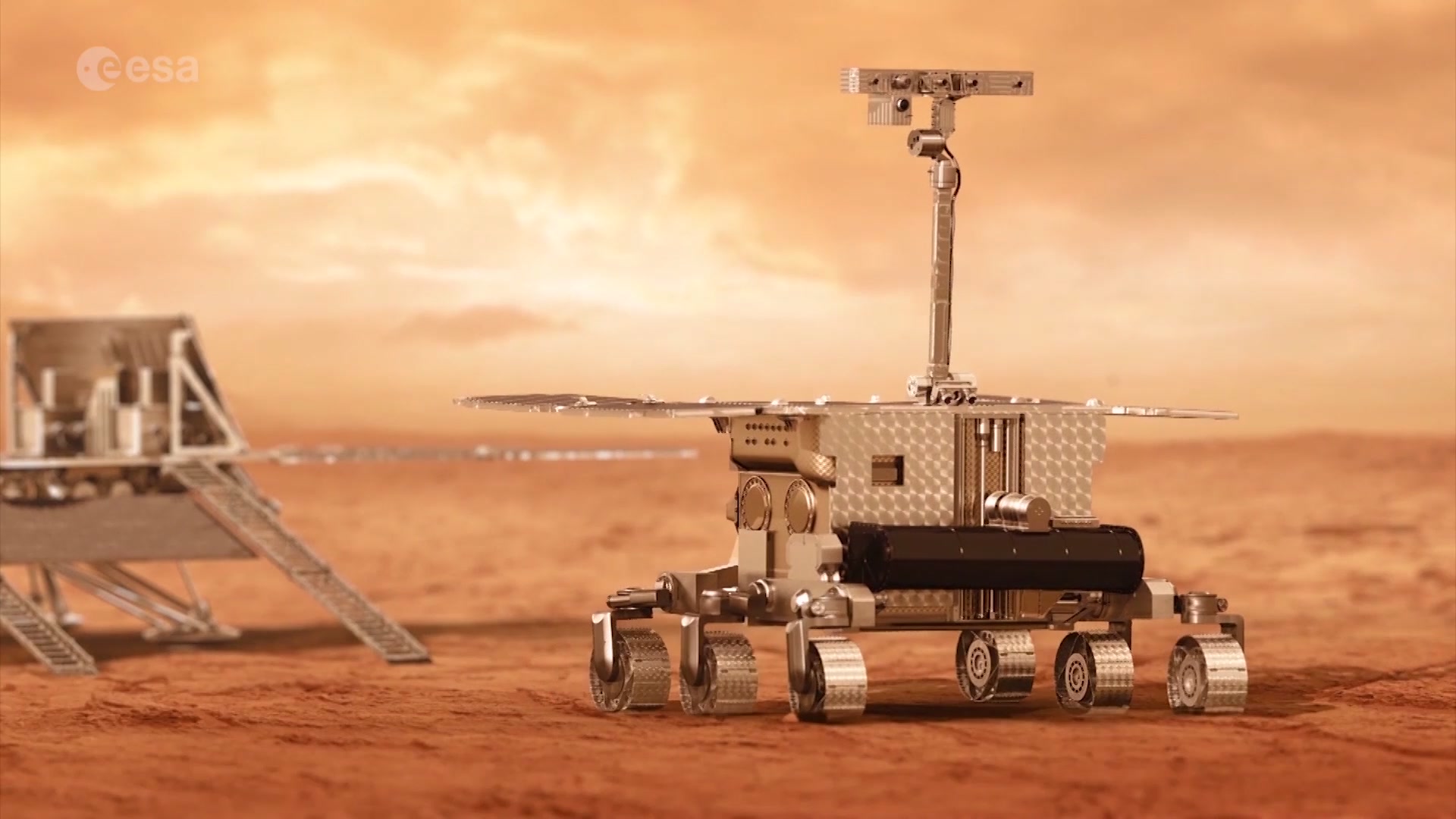Mars Organic Molecule Analyzer: Animations
MOMA uses ultraviolet laser pulses to release and ionize organic compounds captured within crushed Martian surface and near-surface materials. Because each laser pulse lasts less than two billionths of a second, this process effectively ionizes more heat-resistant materials than those accessed by traditional oven-heating (pyrolysis) methods. Pulsed laser processing preserves weak molecular bonds, and enables the identification of organic compounds even in the presence of highly reactive perchlorates commonly found in Martian surface materials.
One of the biggest questions in planetary science is whether life ever arose on Mars, and NASA and the European Space Agency are sending a cutting-edge instrument to the red planet to find out. The Mars Organic Molecule Analyzer, or MOMA, will be the most sophisticated mass spectrometer ever sent beyond Earth, squeezing a lab full of chemistry equipment into a package the size of a toaster. MOMA will ride to Mars aboard the European Space Agency's Rosalind Franklin rover (formerly ExoMars), and search for signs of past or even present life.
How does MOMA work? Like its predecessor instrument suite on the Curiosity rover (SAM), the MOMA investigation can: vaporize crushed Martian materials in a high-temperature oven; send the evolved volatiles through a gas chromatograph; and ionize and analyze the gases that evolve from the sample via electron ionization mass spectrometry. Unlike previous instruments, however, MOMA offers a complementary second mode of operation, laser desorption mass spectrometry, whereby pulsed ultraviolet light desorbs and ionizes organics in a single step lasting less than two nanoseconds. This mode of operation accesses a new realm of organics detection and preserves weak chemical bonds that are important for molecular identification.
In order to separate and detect different organic compounds within the same sample, MOMA employs a linear ion trap (LIT). The high-pressure operation of the LIT also enables laser processing at Mars ambient pressures. MOMA marks the first use of a linear ion trap in space, and the first ion trap (linear or 3D type) on another planet.
By drawing on a suite of advanced technologies, MOMA will hunt for direct evidence of past or present life on Mars, taking a giant leap forward in the search for life beyond Earth. The mass spectrometer subsystem of the MOMA instrument and the main electronics were built at NASA's Goddard Space Flight Center in Greenbelt, Maryland for the ExoMars Programme. The pulsed UV laser and high-temperature ovens are being developed in Germany, and the gas chromatograph in France. ExoMars is the primary Mars exploration program of the European Space Agency.
Learn more about MOMA and the Rosalind Franklin rover, or watch the narrated video.
The animations on this page are available for download in broadcast resolution and in their original frames.
The MOMA pyrolysis ovens vaporize crushed Martian samples through ramp heating. The vapor is then separated into different molecular species by running the gas through specially-coated tubes (gas chromatography columns) before being passed into the linear ion trap (LIT) mass spectrometer. Immediately before entering the LIT, the molecules flowing through the gas chromatograph pass through an electron ionization source. This gives the molecules an electric charge, enabling the LIT to filter them.
The electron ionization source gives analyte molecules an electric charge, allowing them to be sent to the linear ion trap for analysis.
MOMA's linear ion trap is a first for the red planet, and will allow the Rosalind Franklin rover to study organic molecules in unprecedented detail.
MOMA's mass spectrometer employs a linear ion trap design, the first application of this technology in space. Using what are termed SWIFT techniques, MOMA can eject unwanted molecular species and enrich signals from molecules of interest. SWIFT stands for Stored Waveform Inverse Fourier Transform.
Through tandem mass spectrometry, or MS/MS, the MOMA instrument can intentionally break apart primary molecules and analyze their secondary fragments.
Benzoic acid is a ring (aromatic) hydrocarbon comprised of benzene and a carboxyl group. MOMA identifies molecules by determining their mass spectrum, depicted at right.
Oleic acid is a chain (aliphatic) hydrocarbon, and one of the fatty acid molecules that makes up cell membranes on Earth. The mass spectrum for Oleic acid is depicted at right.
The properties of an organic molecule depend not just on its molecular formula, but also on its structure. Isobaric compounds have different formulas and structures, but the same mass-to-charge ratio (M/Z), making them difficult to tell apart. Technologies on MOMA allow it to distinguish between such compounds.
Lipids (fats) are long chains of carbon and hydrogen that make up cell membranes on Earth. MOMA will be the first instrument on Mars capable of detecting lipids, a leap forward in the search for life.
For More Information
See NASA.gov
Credits
Please give credit for this item to:
NASA's Goddard Space Flight Center Conceptual Image Lab
-
Scientists
- William Brinckerhoff (NASA/GSFC)
- Ricardo Arevalo (NASA/GSFC)
- Veronica Pinnick (NASA/GSFC)
-
Animator
- Krystofer Kim (USRA)
-
Producer
- Dan Gallagher (USRA)
Missions
This page is related to the following missions:Release date
This page was originally published on Thursday, May 24, 2018.
This page was last updated on Sunday, March 16, 2025 at 11:27 PM EDT.
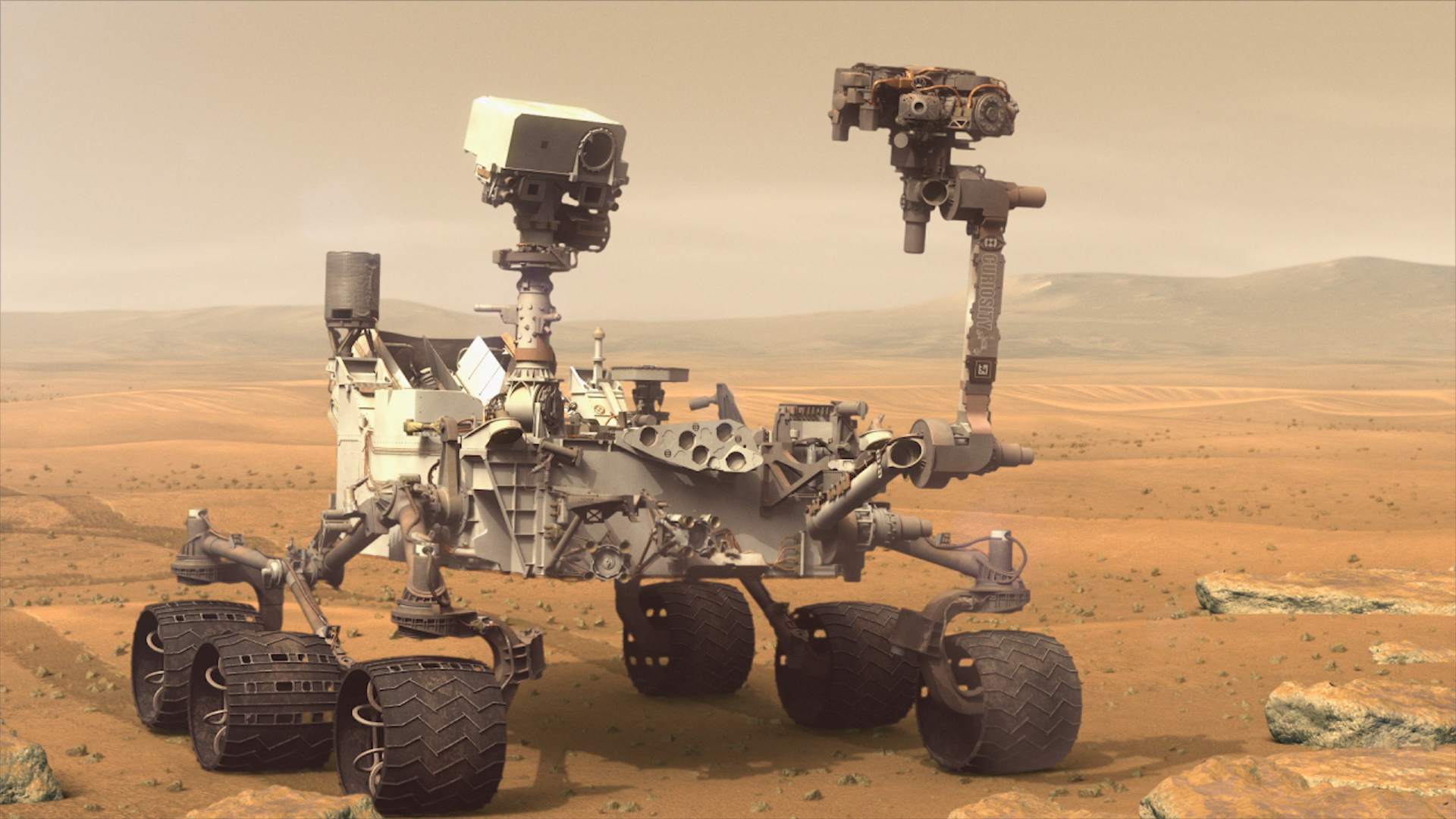
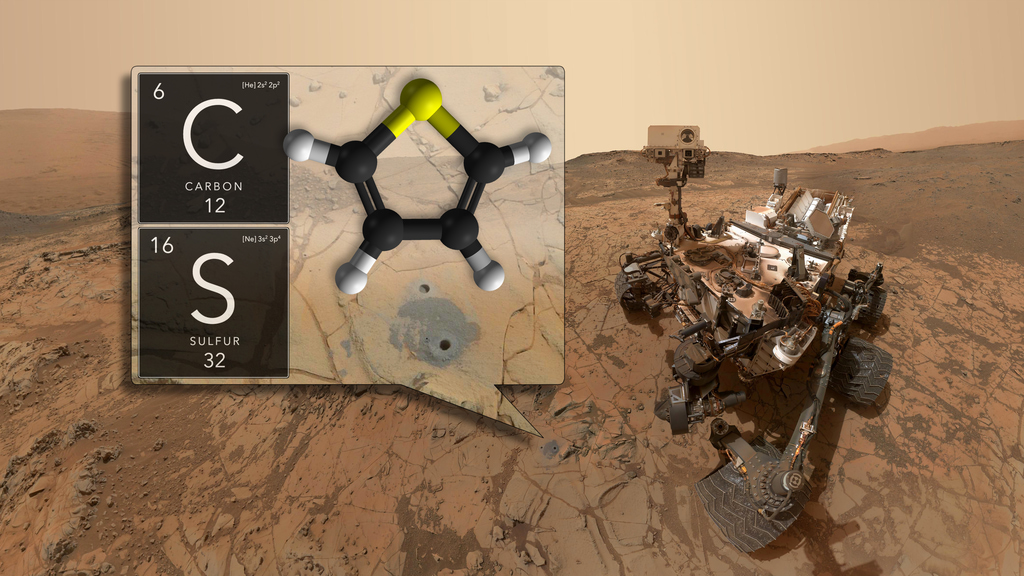
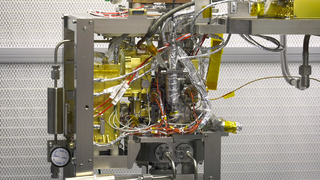
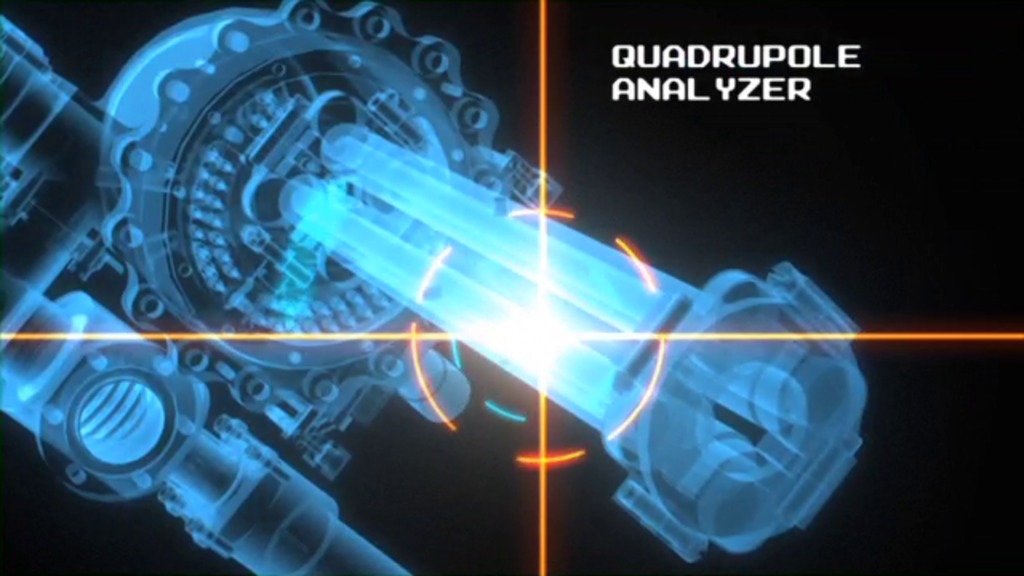
![Researchers analyzing pulverized rock onboard NASA’s Curiosity rover have found the largest organic compounds on the Red Planet to date.Complete transcript available.Universal Production Music: “Labyrinth of Discovery” by Emma Zarobyan [SOCAN]Watch this video on the NASA Goddard YouTube channel.](/vis/a010000/a014800/a014808/Mars_Large_Organics_Thumbnail_V3.jpg)
![Scientists studying the Bennu samples have discovered evidence of a wet, salty environment from 4.5 billion years ago that created the molecular building blocks of life.Complete transcript available.Universal Production Music: “Future Tense” by Gresby Race Nash [PRS]; “Take Off” by Nicholas Smith [PRS]; “Big Decision” by Gresby Race Nash [PRS]; “Waiting for the Answer” by Gresby Race Nash [PRS]Watch this video on the NASA Goddard YouTube channel.](/vis/a010000/a014700/a014774/14774-Bennu-Organics-Thumbnail-V4.jpg)
